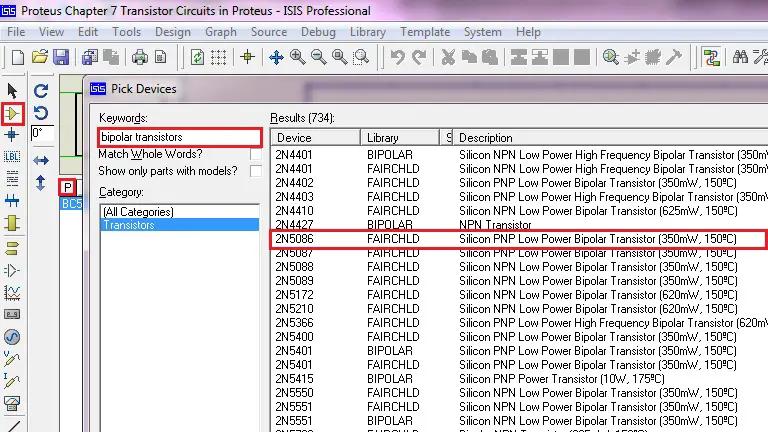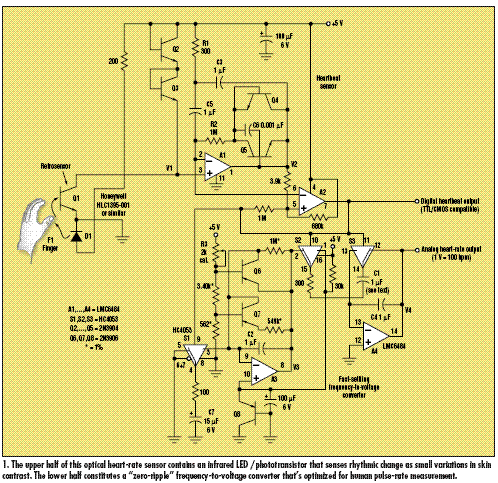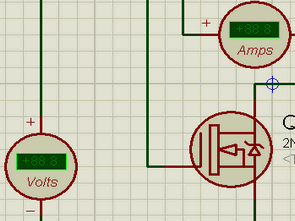

- #Phototransistor proteus library how to#
- #Phototransistor proteus library serial#
- #Phototransistor proteus library code#
QTR-xA sensors will return a raw value between 0 and QTR-xRC sensors will return a raw value between 0 and the timeout argument in units of microseconds provided in the constructor which defaults to As an admin, you can use app permission policies to control what apps are available to Microsoft Teams users in your organization. The values returned are a measure of the reflectance in units that depend on the type of sensor being used, with higher values corresponding to lower reflectance a black surface or a void. There MUST be space for as many values as there were sensors specified in the constructor. Reads the raw sensor values into an array. Internally, this library uses all standard Arduino functions such as micros for timing and analogRead or digitalRead for getting the sensor values, so it should work on all Arduinos without conflicting with other libraries. However, for an application where only three sensors are used, and the emitters are always on during reads, only 6 bytes are required. This conserves RAM: if eight sensors are calibrated with the emitters both on an off, a total of 64 bytes would be dedicated to storing calibration values. For calibration, memory is allocated using the malloc command.

This allows multiple QTR sensor arrays to be controlled independently as separate objects. Each of these classes must be instantiated before they are used.

These classes support changing the emitter dimming levels and controlling the odd and even emitters separately on the dimmable sensors. The library provides access to the raw sensors values as well as to high level functions including calibration and line-tracking. Aside from the constructors, these two objects provide the same methods for reading sensor values both classes are derived from the same abstract base class. This library defines a class for each of the QTR sensor types, and it takes care of the differences between the analog and RC sensors internally, providing you with a common interface to all types.
#Phototransistor proteus library serial#
These examples will simply print the raw readings from the sensors to the serial monitor, using baud. To view the example sketches, open the Arduino IDE and navigate to. Several example sketches are available to help you get started. Additionally, the analog results are produced by internally averaging a number of samples for each sensor you can specify the number of samples to average to decrease the effect of noise on the results. The only other difference you might experience is in the time it takes to read the sensor values. Note that analog inputs 0 - 5 can be used as digital pins 14 - For more details, see Section 3.
#Phototransistor proteus library code#
The only external difference is in the constructors, as you can see in the code sample above. Note that you might need to restart your Arduino IDE before it sees the new libraries.
#Phototransistor proteus library how to#
This document will explain how to install Arduino libraries for the Pololu QTR reflectance sensors, and it will provide sample sketches as well as links to library documentation. Please see the product pages for more information on how these sensors work.

The Pololu QTR reflectance sensors carry infrared LED and phototransistor pairs that can provide analog measurements of IR reflectance, which makes them great for close-proximity edge detection and line-following applications. The current version of the library can be found on GitHuband its documentation is here. You can also view this document as a printable PDF.


 0 kommentar(er)
0 kommentar(er)
